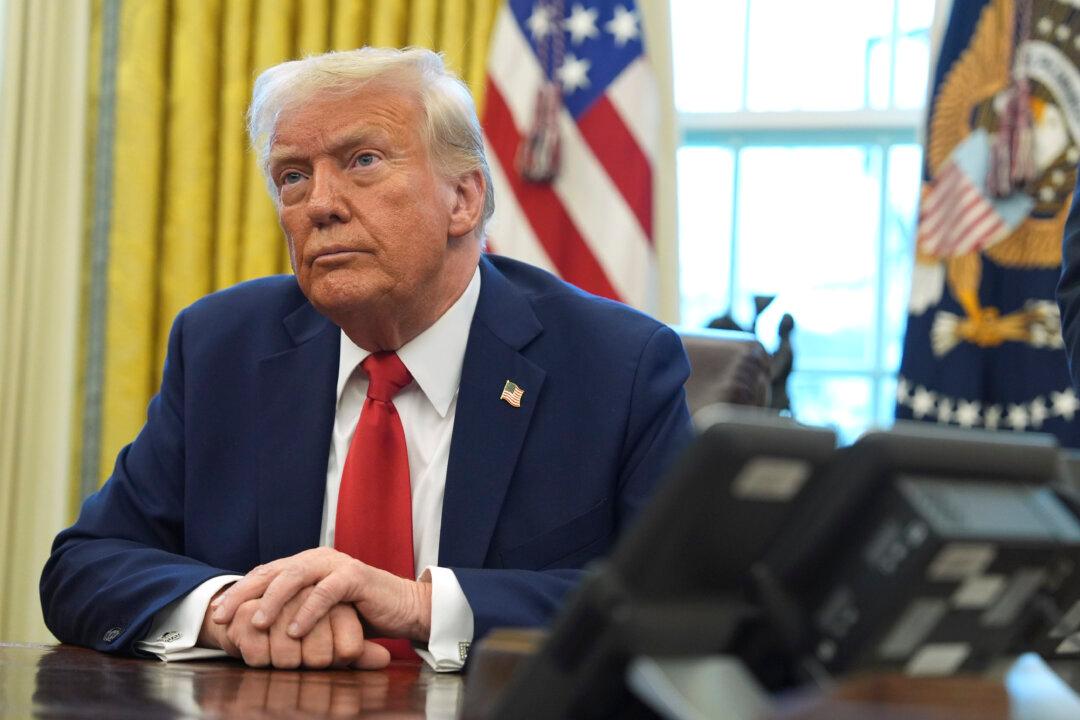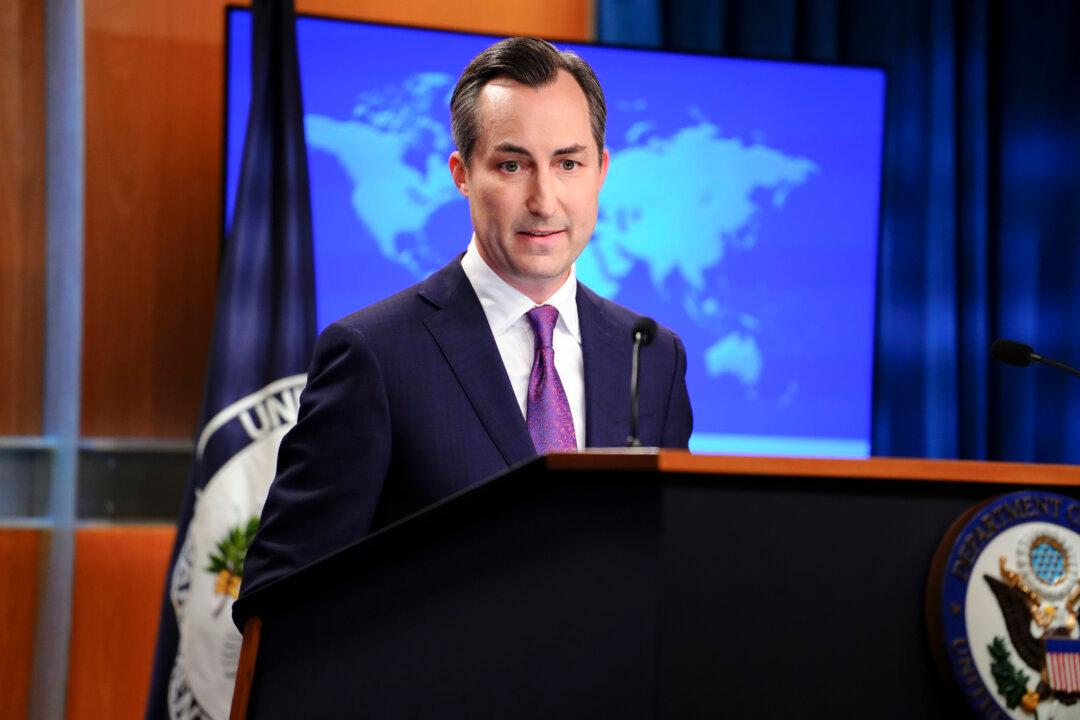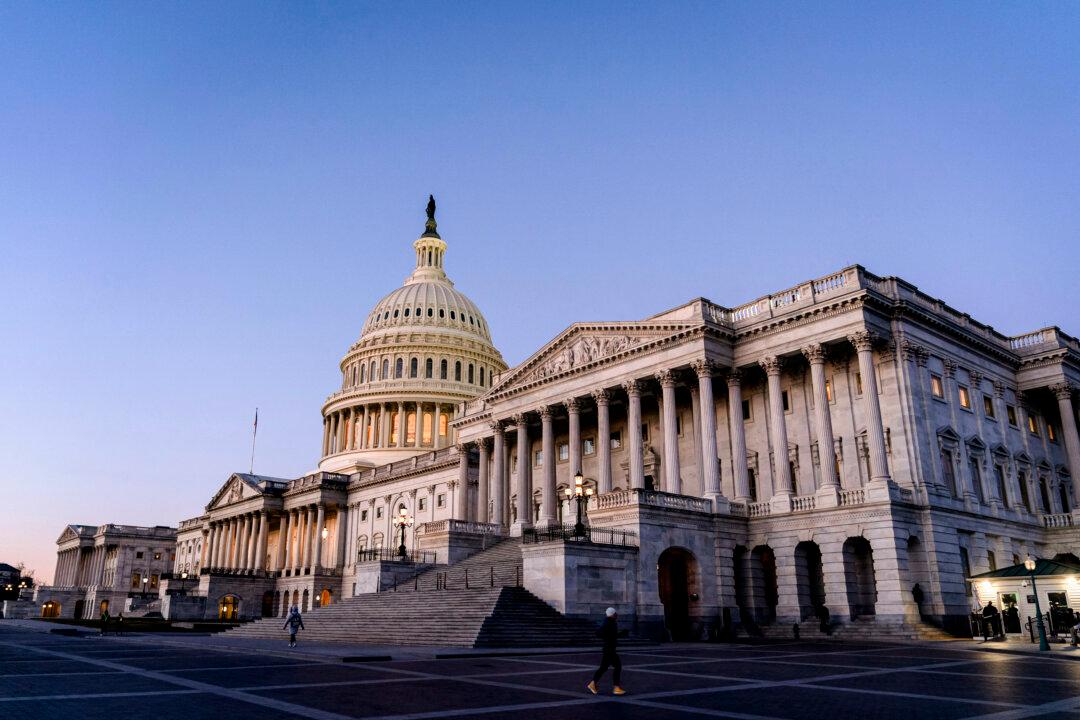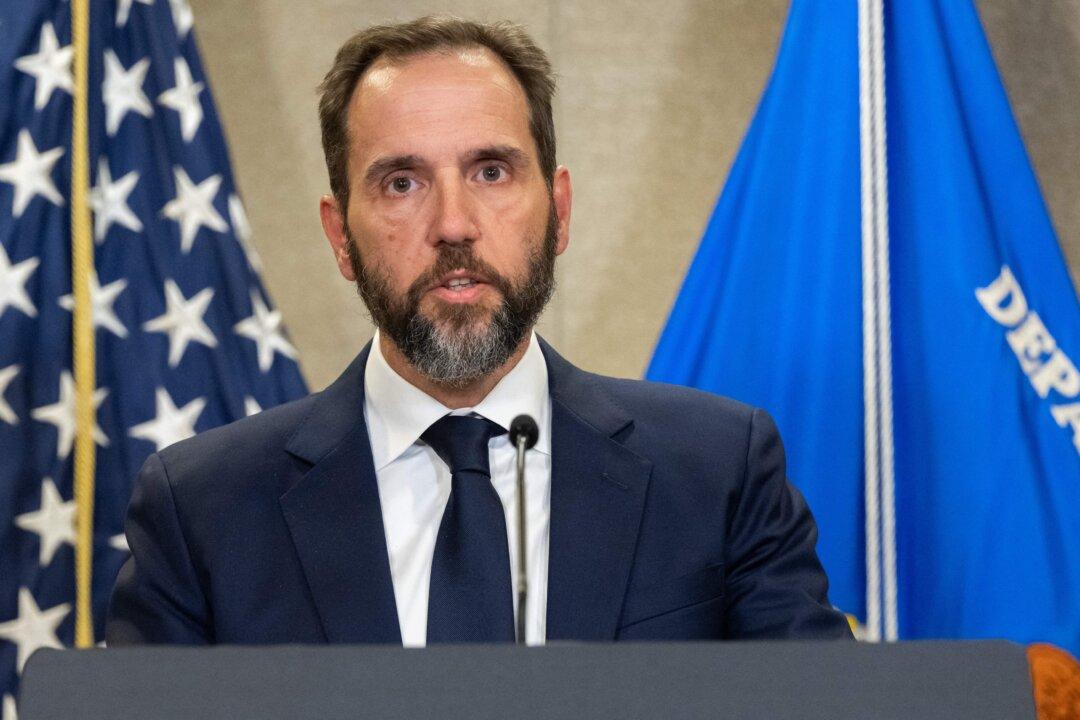Chinese authorities were concerned about human-to-human transmission of the CCP virus six days before they confirmed it publicly on Jan. 20, the Associated Press reported, citing internal documents.
Ma Xiaowei, head of the country’s chief health body, the National Health Commission, told provincial health officials in a confidential teleconference on Jan. 14 that the outbreak in Wuhan “is still severe and complex, the most severe challenge since SARS in 2003, and is likely to develop into a major public health event,” according to an internal memo.





